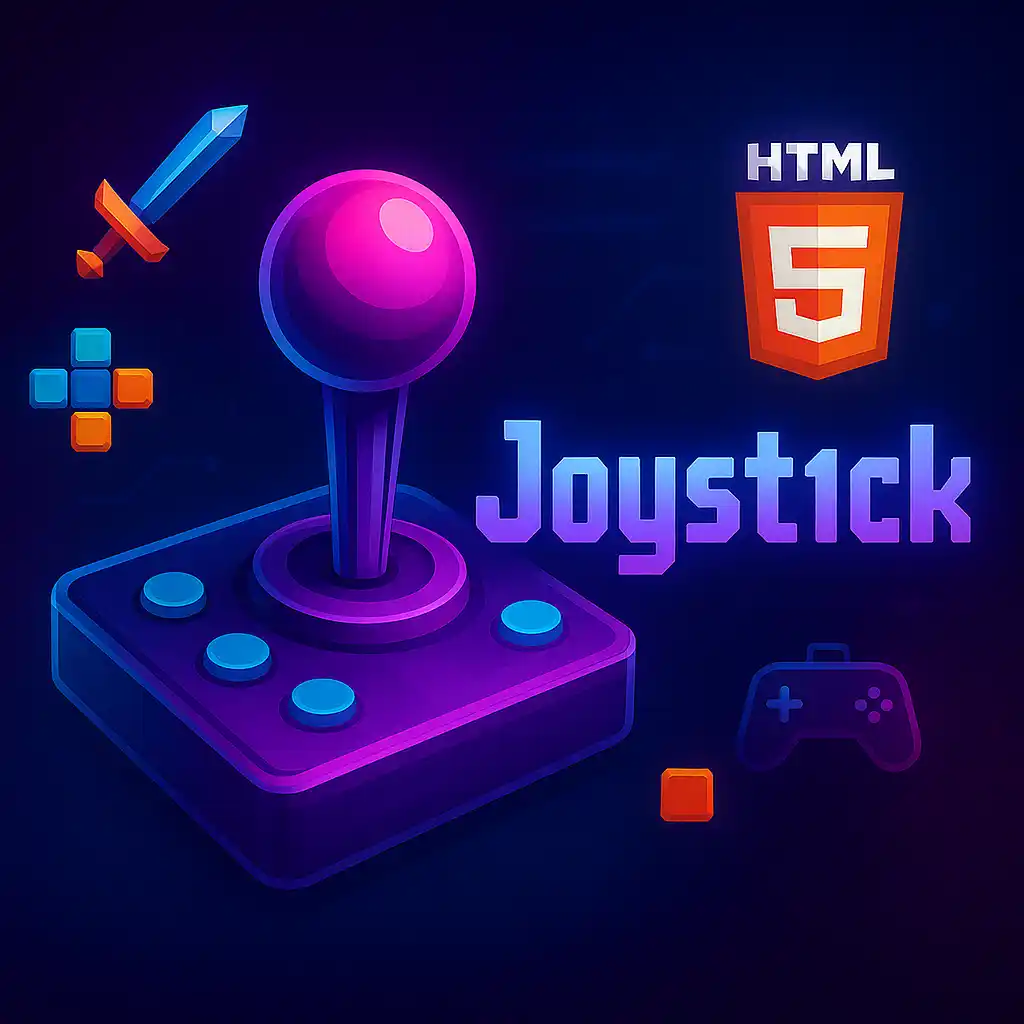Table of Contents
Who this is for: Aspiring game developers and modders wanting to create their own Friday Night Funkin content or learn game development with Haxe.
Ready to jump in? Play friday night funkin games and experience the musical magic firsthand!
Play free games on Playgama.com
Setting Up Your Development Environment
To code and compile Friday Night Funkin, you’ll need to set up a proper development environment. Start by installing Haxe, which is the programming language FNF is built with. Download it from the official Haxe website and make sure to get version 4.2.5 or newer for compatibility.
Next, you’ll need HaxeFlixel, the game framework that powers FNF. Install it through the command line using haxelib install flixel. You’ll also want to grab Git for version control and Visual Studio Code as your code editor – it has excellent Haxe support with the right extensions.
Getting the Source Code
The official Friday Night Funkin source code is available on GitHub. Clone the repository to your local machine and navigate to the project folder. The codebase is well-organized with separate folders for assets, source code, and build configurations.
Before diving into coding, take time to explore the project structure. The main gameplay logic lives in the source folder, while assets like music and sprites are stored in the assets folder. Understanding this layout will save you hours of confusion later.
Essential Libraries and Dependencies
FNF relies on several key libraries that you’ll need to install:
- lime – Core framework for cross-platform development
- openfl – Flash-like API for modern platforms
- flixel-addons – Additional utilities for HaxeFlixel
- flixel-ui – User interface components
- hscript – Scripting support for mods
Install these through haxelib, and make sure all versions are compatible with the FNF build you’re working with.
Compiling Your First Build
Once everything is set up, compiling is straightforward. Open your terminal in the project directory and run lime build windows for a Windows build, or replace “windows” with your target platform like “mac” or “linux”.
The first compile will take several minutes as it processes all assets and code. Subsequent builds are much faster since the compiler only rebuilds changed files. If you encounter errors, they’re usually related to missing dependencies or version mismatches.
Making Your First Code Changes
Start with simple modifications to get familiar with the codebase. Try changing the default song list in FreeplayState.hx or adjusting scroll speeds in PlayState.hx. These small changes help you understand how different components interact.
The game uses a state-based architecture where each screen (menu, gameplay, etc.) is a separate state class. This makes it relatively easy to isolate and modify specific features without breaking the entire game.
Testing and Debugging
Always test your changes in debug mode first by adding -debug to your compile command. This enables helpful error messages and performance monitoring. Use trace statements liberally to understand code flow and variable values during execution.
For more advanced debugging, consider using the HaxeFlixel debugger, which provides real-time inspection of game objects and performance metrics.
Ready to experience the rhythm game that started it all? friday night funkin games offer the perfect way to appreciate the original before diving into development.
TL;DR
Set up Haxe and HaxeFlixel, clone the FNF GitHub repository, install required libraries, then compile using lime build commands for your target platform.
